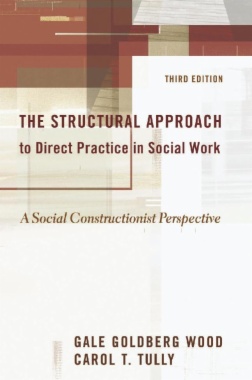

This classic text introduces students to the structural approach of social work practice, which assumes that many clients' problems arise from harmful social forces. By focusing on the construction of such realities as poverty, racism, and domestic violence, the structural approach counters the focus on individual change that is so common in our age of managed care and corporatization.
For this edition Gale Goldberg Wood and Carol T. Tully have recast the text from the perspective of contemporary social constructionism without altering its main message and organization. They have added six new chapters, covering ethics, the role of the social worker as therapist and community organizer, learning and working within the organization, and the paradigm dilemma. In addition, case studies now include greater detail about the client's social context.
Though much has changed since the first edition of this book was published, the need for well-trained, compassionate social workers remains. The Structural Approach to Direct Practice in Social Work continues to be an essential resource for practitioners who wish to help their clients confront oppressive social realities and affect system change through political action.